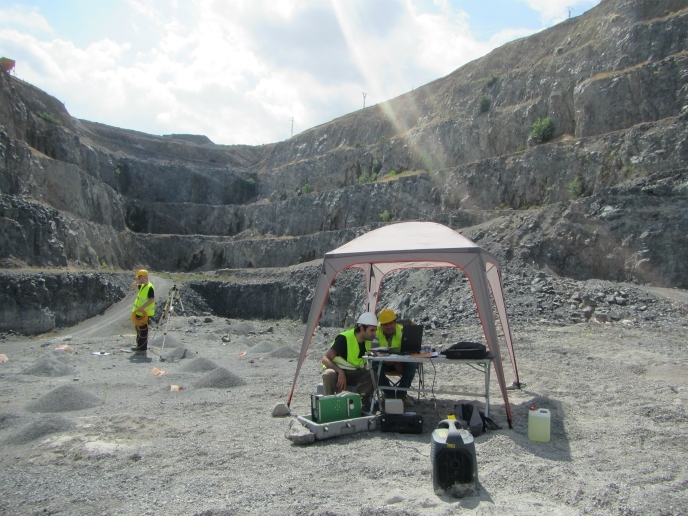Cleaner by design
The safe, reliable and clean operation of internal combustion engines depends to a large extent on the control of the air and fuel mixing process prior to ignition. The mixture does not only affect the combustion process but importantly, the formation of pollutants and release of unburned hydrocarbons (HC). Designers face a challenge in finding a trade-off between high compression ratios needed to reduce carbon dioxide emissions and lean combustion with low temperature zones to reduce nitrogen oxides emissions. Sophisticated large eddy simulation (LES) methods have driven progress made in modelling combustion instabilities and resolving these opposing requirements. During the course of the MUSCLES project, laser diagnostics were extensively used to collect new experimental data and validate these performance prediction tools. Laser-induced fluorescence (LIF) was specifically used by project partners at the Laboratoire d'Energétique et de Mécanique Théorique et Appliquée to measure temperature within fuel droplets. Within the duration of a single laser pulse, typically lasting a few nanoseconds, fuel droplets of sub-millimetre dimensions could be scanned. More specifically, the fluorescence intensity of an organic dye dissolved in the fuel for two different colours was used to estimate temperature variations within sufficiently small fuel volumes. While the volume of evaporating fuel droplets changed rapidly, this technique has sufficiently short response time to carry out accurate temperature measurements. Aiming to improve this measurement technique so that it can be applied to aero-engines under real operating conditions, measurements of the droplets diameter were incorporated. However, further research work will be needed before three-dimensional temperature maps can be generated for sprays of aviation fuels, such as kerosene, inside the combustion chamber.







